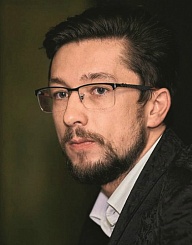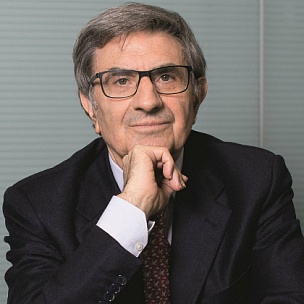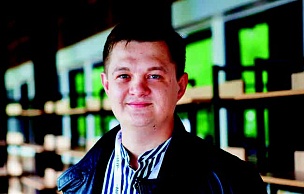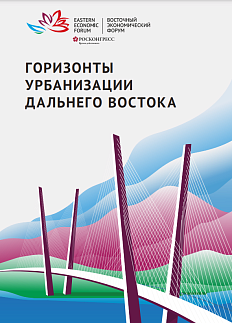An economist from Moscow will be growing asparagus in Primorye and selling it in the capital. Why is this a profitable plan?
Nikita Kovrizhin came up with his business idea after a trip to the USA four years ago. While he was there, the economist, who is originally from the Far East (his family are from Amur Region and lived in Primorye for a long time), tried some asparagus. In America, asparagus was consistently in demand, and was sold on every street corner. But, back in Russia, Nikita found that only a few large retailers were selling asparagus, and for crazy prices: RUB 1,400 a kilo. Soon, the Far Eastern Hectare programme was announced. «I started thinking about taking up the states offer as soon as the programme was first widely advertised in the media», remembers Nikita.
On 1 June 2016, the Far Eastern Hectare programme, a Russian initiative offering the chance to obtain a plot of land in the Russian Far East of up to one hectare for free was launched. The programme has been running for just over two years now, during which 120,000 people from all over Russia have exercised their right to land. They have come up with all sorts of different ideas about what to do with it...
Together with his wife, he applied for three hectares for his family in the village of Pozhiga, about 300 kilometres from Vladivostok and 120 kilometres from the regional centre and its local airport. There were three things to be said for this particular choice. First of all, a survey has shown that the composition of the soil in Pozhiga is substantially better than is needed to grow asparagus. Secondly, the site is located on the floodplain of the Malinovka River, and is surrounded on all sides by clean fresh water. It is also sufficiently elevated: perfect for asparagus. The fact that he can only reach his land by wading across a stream in wellingtons does not faze him. Finally, his parents live relatively close by, about two hours drive away; they keep an eye on the plot, and on the hired worker from the next village who does the weeding and checks up on the plants. When the time comes to harvest the asparagus, Nikita intends to hire another seven workers. Nikita himself makes flying visits to the Far East, spending around three months there in total, at times when the asparagus needs the most attention.
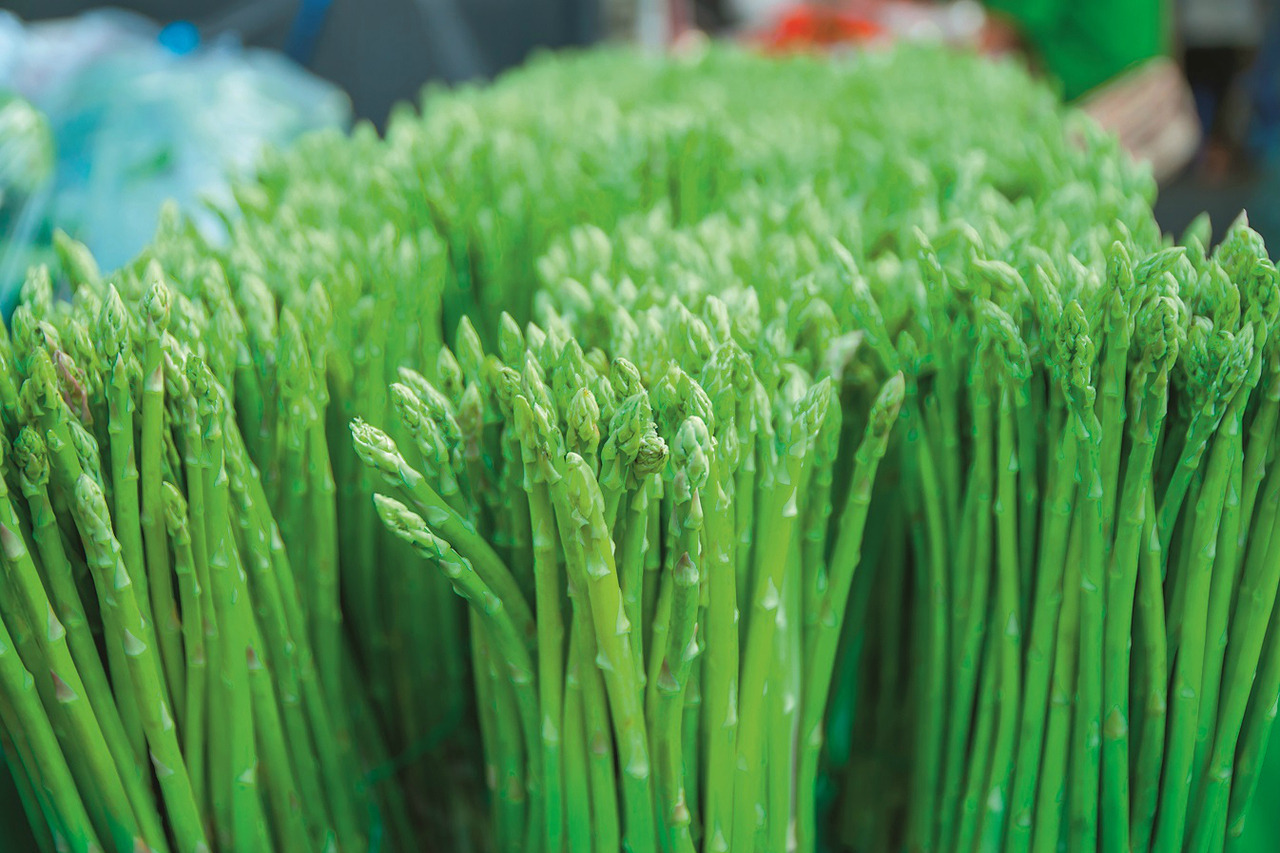 Being an economist, Nikita has it all worked out. According to him, certain varieties of asparagus (Mary Washington and High Yield) are lowmaintenance and grow very well in the extreme continental climate of the Dalnerechensky region of Primorye. Winters here bring a great deal of snow, but summers are warm, so temperatures vary between −30 and +30°C. «The most important thing is to ensure the crop has enough water and is weeded», notes Nikita.
Being an economist, Nikita has it all worked out. According to him, certain varieties of asparagus (Mary Washington and High Yield) are lowmaintenance and grow very well in the extreme continental climate of the Dalnerechensky region of Primorye. Winters here bring a great deal of snow, but summers are warm, so temperatures vary between −30 and +30°C. «The most important thing is to ensure the crop has enough water and is weeded», notes Nikita.
Asparagus can take up to three years to produce a harvest. «If you plant nothing but asparagus, you end up with a three-year gap. Thats the time it takes for the asparagus to mature after the last crop has been planted and harvested», explains Nikita. To avoid this issue, he has planted asparagus in only one of his three hectares. He uses the rest of the site to grow grains such as barley and maize, which will end up as animal fodder: he has already come to an agreement with one of the regions agricultural organizations. However, Nikita assures us that he is planning to gradually increase the amount of asparagus growing on his land.
An estimated RUB 5 million have been invested in the project. Some of this was spent on heavy machinery to set up extra flood defences on the site. Nikita is using only his own savings to fund the project. He does not intend to take out loans, as this would increase the cost of production, and his main aim is to keep this figure down without compromising on quality.
According to Nikitas calculations, even taking logistics costs into account, asparagus from Pozhiga will cost no more than RUB 800. «This is my estimate of the average price it will go for in shops. The simple fact that no major investment was needed keeps the price down, and if you take exchange rates into account, the cost of labour in rural Russia is practically the same as in China», he says.
But then, asparagus from Pozhiga will be of better quality than the Asian asparagus which tends to be sold in Moscow, promises Nikita. «Theres no point arguing about which varieties taste better, because taste is a personal thing. But when we grow asparagus here, we dont use any chemicals to speed up the maturing process or increase the yield. We dont need to, because the asparagus is growing on a former agricultural field that has lain fallow for more than five years», he explains.
He is also hoping that his businesss image will play a role: «For instance, would you rather buy Chinese clothing or Russian clothing, if they cost the same? Youd probably go with the second option.» Although the first harvest of asparagus will not be ready until 2020, one chain of greengrocers in Moscow has already agreed to sell asparagus from Primorye.
Source: EEF 2018 Official Magazine


